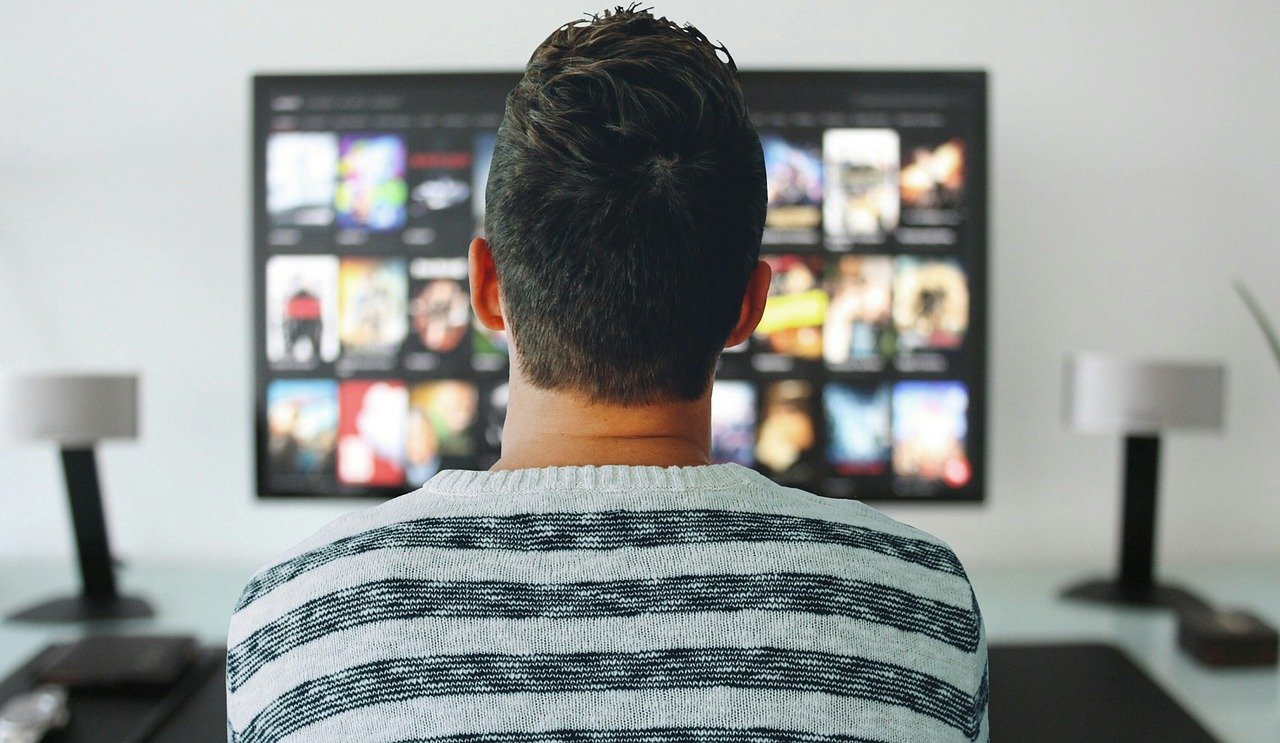Capacity limits on social gatherings and other similar restrictions arguably made sense in the early days of the pandemic. We knew little then about the coronavirus, had virtually no way to treat it, and needed to protect the most vulnerable.
But those restrictions came at the expense of millions of Americans’ mental health. And their costs now outweigh any benefits they provide — especially since we have widely available vaccines and therapeutics that greatly reduce the risk of hospitalization and death from COVID-19.
Unfortunately, the CDC continues to maintain strict social distancing guidance that has changed little since 2020, even as several “blue” states prepare to lift their last remaining restrictions, like mask mandates in schools and public places.
It’s this kind of intractability that has fueled distrust and confusion on everything from mask-wearing to school openings to the importance of boosters. The stance of public health leaders — often impractical and overly cautious — would be bad enough if it only bred bewilderment. But its impact goes well beyond that, fueling a patchwork of scientifically questionable and contradictory restrictions that are contributing to the nation’s burgeoning mental health crisis.
Nowhere is this more evident than in the healthcare system. Despite plummeting omicron caseloads, many hospitals and healthcare facilities still permit only one family member to visit a patient, denying children or other close family the opportunity, even if their loved one is in their final hours. While many are just beginning to relax their visitation policies, the long-term mental health burdens may be felt for years. In addition to the depression and anxiety of being denied access, some experts are bracing for increases in complicated, or unresolved, grief for those unable to say goodbye.
These restrictions are particularly nonsensical since these same institutions have rightfully maintained since early 2021 that their facilities are among the safest public places, and the CDC and American Academy of Pediatrics have agreed, urging patients to come back for routine check-ups and cancer screenings.
As a practicing physician, I assure my patients that the risk of contracting the virus in our offices is remote and far outweighed by the risk of avoiding healthcare entirely.
Simply put, if it’s safe enough to get a mammogram or colonoscopy — and it is — then it’s safe enough for fully vaccinated, properly masked people to visit a parent in a hospital room.
Continued school closings and extended quarantines are other troubling examples of officials’ failure to weigh costs and benefits. Despite the widespread availability of vaccines — and clear evidence that children are at much lower risk of serious illness from COVID-19 than adults — some schools have continued, until recently, to require remote learning for short-term or even indefinite periods when a test was positive, often with less than a day’s notice.
As with visitation bans, these restrictions came at an enormous mental health cost, one that has not been adequately acknowledged by public health experts. Rates of depression more than tripled during the pandemic, rising from 8.5% of adults reporting depressive symptoms in 2019 to 32.8% in 2021.
Officials must craft realistic guidance that protects both physical and mental health. Telling parents to keep a COVID-positive 5-year-old masked at home all day — for as long as 10 days — is mind-boggling in its impracticality, but it also adds stress to worried parents trying to keep their families safe. Advising schools to cancel extracurriculars like football and band, which often take place outdoors, robbed students of routine and social interaction. The impact went well beyond inconvenience. Mental health experts warn that the impact of pandemic lockdowns will likely reverberate for an entire generation for years to come.
Physicians and other healthcare professionals need to recognize that our patients are hurting, and the fact that they are alive and physically healthy does not mean that grief, depression, and anxiety are not widespread.
We need to make room for this national discussion, to bring it out from the margins to the center of our post-pandemic dialogue. Rather than turn our focus only to speculation on the next variant or the next surge, we need to draw attention to the crisis that is here, at our door. And we need to respond in ways that go beyond platitudes and simple fixes to address the weak mental health care infrastructure that leaves many without access to mental health professionals, and with insufficient coverage that is supposed to be, but is not, on par with coverage for physical conditions.
To reduce the suffering caused by the pandemic at every level, we need to treat its mental health fallout with the same level of gravity we reserve for the virus itself.
Dr. John Whyte, MD, MPH, is chief medical officer of WebMD.















